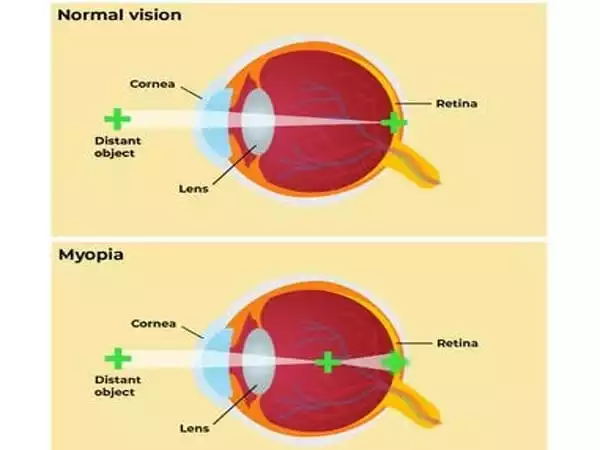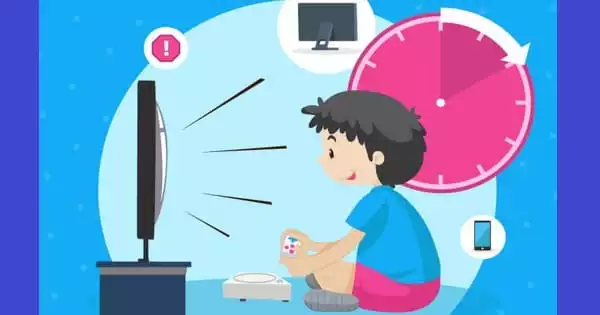Our parents were probably correct when they warned us that staring at the TV all day would fry our eyes. Near-sightedness and other vision problems among children are on the rise, according to scientists, after spending more than a year indoors staring at movies, TV, and video games.
There are numerous reasons to limit your child’s screen time, including encouraging outdoor play and healthy activity, fostering healthy sleep habits, and promoting in-person social relationships. Another consideration is eye health.
Many of the same symptoms associated with computer use can be experienced by children as well as adults. Extensive computer screen viewing can cause eye discomfort, fatigue, blurred vision, headaches, dry eyes, and other symptoms of eyestrain. These symptoms could be caused by poor lighting, glare, an improper workstation setup, previously unknown vision problems, or a combination of these factors.
According to research, children who spend more time indoors are more likely to develop nearsightedness (myopia). Although the exact cause is unknown, researchers believe that UV light (provided the eyes are protected from direct sunlight) plays an important role in healthy eye development. Nearsightedness in children has risen dramatically in the last 30 years.
There are numerous reasons to limit your child’s screen time, including encouraging outdoor play and healthy activity, fostering healthy sleep habits, and promoting in-person social relationships. Another consideration is eye health.
Jason Yam
While strained eyes amusement under lockdown is preferable to the horrors of COVID-19, doctors and scientists have been keeping a close eye on the long-term health implications on children growing up during quarantine, according to The Guardian. Unfortunately, they discovered one: according to a new study published in the British Journal of Ophthalmology, children were developing myopia, also known as short-sightedness, at 2.5 times the rate before the pandemic began.
According to research, children as young as 6 months old begin zooming in on digital media devices such as their parents’ tablets or smartphones. According to studies, by their adolescence, children spend nearly 7 hours per day consuming screened media, such as watching TV, playing video games, and using social media. Children, especially if they’re having a good time, may play and watch until they’re exhausted. This does not include time spent on screens at school or for homework.

“In Hong Kong, schools were closed for months, and even recreational facilities like playgrounds, sports fields, and even outdoor campsites and country parks were closed,” said study coauthor and Chinese University of Hong Kong ophthalmologist Jason Yam to The Guardian. “Of course, more time was spent reading, watching TV, or using computers, smartphones, or other digital devices.”
By no means is myopia the end of the world. However, Yam warns that it can be a sign of more serious health problems down the road.
“Our study found that less time spent outdoors and more time spent on near work, including screen time, is associated with faster progression of short-sightedness, or myopia,” Yam told The Guardian, “which may appear to be an innocuous condition but can actually predispose one to multiple ocular complications and increase the risk of irreversible vision loss later in life.”
Approximately 83 percent of American adults use digital devices for more than two hours per day, with 53.1 percent using two digital devices at the same time. Of course, adults are not the only ones who are exposed to digital technology. Children use computers and other digital devices to play the latest games, watch videos, learn at school, and complete homework. In fact, 72 percent of Americans say their children spend more than two hours a day looking at computer or tablet screens.
Many adults and children suffer from eye strain and vision problems as a result of prolonged computer, tablet, e-reader, and cellphone use. According to the American Optometric Association, vision problems are the most common type of health complaint among computer workers. According to studies, 50-90 percent of computer users experience symptoms of computer vision syndrome. Furthermore, it appears that the level of discomfort increases as one stares at a screen for an extended period of time.
















